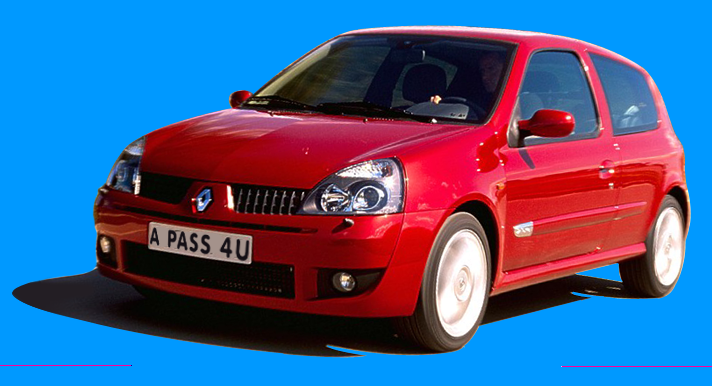When it comes to getting your driving license, the traditional route, booking driving lessons with an instructor and using their car, is well-known. However, did you know there are alternative paths, like learning in your own vehicle? At APass4U, we’re here to shed light on this option and guide you through the ins and outs of learning to drive in your own car, ensuring you’re fully prepared to hit the road.
Is It Legal to Learn in Your Own Car?
In the UK, learner drivers have the flexibility to use their own car for lessons, contrary to what many may think is mandatory. This means you can either conduct all your driving tuition in your car or supplement lessons with additional practice outside of formal sessions with an instructor. However, navigating this option requires understanding some essential rules to ensure you stay compliant with the law.
L Plates
Firstly, you must possess a provisional driving licence to legally drive any vehicle, including your own. This is a crucial first step before embarking on learning to drive. Additionally, your car must display L plates on both the front and rear, ensuring they are clearly visible and do not obstruct your view.
Supervising Driver
Another important rule is that you must always have a supervising driver present when driving on a provisional licence. Contrary to popular belief, this supervisor does not need to be a registered driving instructor but must be at least 21 years old, hold a valid UK or EU/EEA driving licence suitable for the vehicle type (e.g., manual for a manual car), and be capable of supervising your driving effectively.
Insurance Requirements
Unlike learning with an instructor’s car, where insurance is typically covered, using your own car for lessons requires you to have appropriate learner driver insurance. This is mandatory to ensure both you and your supervising driver are covered during practice sessions.
Practical Test Considerations
One advantage of learning in your own car is the ability to use it for your practical driving test. To do so legally, ensure your vehicle meets DVSA standards, including having a valid MOT, adequate tyre tread depth, and compliance with other vehicle requirements specified by the DVSA.
The Pros and Cons of Learning in Your Own Car
Pros:
- Cost Savings: You save on instructor fees but must bear other costs such as insurance and maintenance.
- Familiarity: Learning in your own car means you’re already comfortable with the vehicle you’ll be driving after passing your test.
Cons:
- Financial Responsibilities: Owning and maintaining a car for learning purposes can be costly.
- Quality of Instruction: While a supervising driver can help, they may not offer the same level of professional guidance as a qualified driving instructor.
At APass4U, we advocate a balanced approach. While professional driving lessons provide structured learning and expert guidance tailored to test standards, practising in your own car can complement this by enhancing familiarity and practical experience. By combining both approaches, you benefit from the best of both worlds—professional instruction and hands-on practice in your own vehicle.
Whether you choose to learn exclusively with an instructor or incorporate practice in your own car, APass4U is here to support you every step of the way. Contact us today to discuss your learning needs and embark on your journey to becoming a confident and safe driver.


